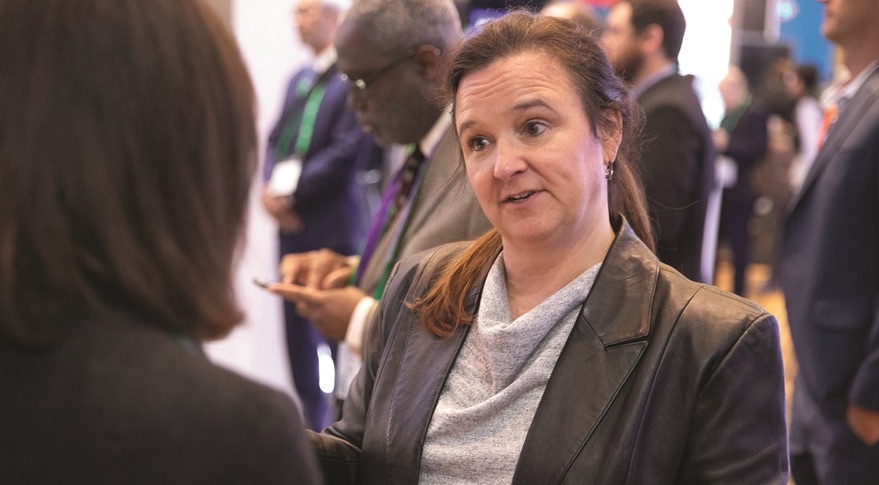Products You May Like
WASHINGTON — The new director of NASA’s Earth science division says identifying ways to implement an “ambitious” decadal survey amid various challenges will be a top priority for her.
In a speech June 23 at an online meeting of NASA’s Earth Science Technology Forum, one of her first public talks since starting at NASA in early June, Karen St. Germain said she will first look to see how well her division is using existing resources before asking for more money to implement new programs.
“There’s always a worthy conversation about what we could do with more, but that said, we do have a significant budget, and we do have a budget that we have a fair amount of flexibility with,” she said in response to a question about increasing NASA’s Earth science budget. “I think the first challenge to us should be to show that we’re doing the most we can with the resources we have. That’s what I’m going to focus on in the near term.”
NASA’s Earth science division received $1.97 billion in the final fiscal year 2020 appropriations bill. The agency’s fiscal year 2021 budget request, though, sought only $1.77 billion for Earth science, a decrease in large part because of the administration’s proposal to terminate Pre-Aerosol, Clouds, and Ocean Ecosystem (PACE) mission, which survived similar cancellation attempts in the previous three fiscal years.
That budget request, as well as projections for future years, have put pressure on a program that is trying to both operate existing missions and develop new ones. Earlier this year, agency officials said they were delaying implementation of one recommendation from the Earth science decadal survey in 2018, a line of medium-class “Earth System Explorer” missions, because of limited budgets.
“The decadal survey is a pretty ambitious plan that also calls on us to deliver on the program of record from the prior decadal,” St. Germain said. “We’ve got a fairly encumbered Earth science budget for the next several years, so one challenge will be starting up the new decadal missions within the resources that we have.”
She said several other factors pose challenges, but also opportunities, for implementing the decadal recommendations. Those factors include improvements in technology in the last few years as well as growing demand for “actionable information” to study climate change and other environmental issues.
A third factor is the increasing commercial capabilities in Earth observation. “Figuring out how to engage with the private sector in a way that’s productive for them and for us is another new challenge, but a welcome new challenge for me,” she said.
“We’ve got a very dynamic environment, and it’s much more dynamic that I think we even could see three years ago,” she said. “That means we’ve got to take the advice and the program that was laid out in the decadal but move forward in implementing it maybe in ways that are even more creative than what the authors envisioned.”
St. Germain came to NASA from NOAA, where she was the deputy assistant administrator for systems at NOAA’s National Environmental Satellite, Data, and Information Service (NESDIS). In that role she led a study that examined a next-generation architecture for future weather satellites that made use of smaller satellites and nontraditional orbits.
She said she would leverage that experience to examine how NASA and NOAA can work together better in Earth observation. “I think there’s a lot of opportunity there,” she said. “If NOAA and NASA can agree on some common priorities and roles for achieving those, I think we could certainly multiple one another’s mission impact.”
A wild card in all of those plans, she acknowledged, is the coronavirus pandemic. “As we had to, and will continue to have to, make adjustments in our programs, that will complicate these decisions,” she said. “Today, the biggest challenges are figure out how to manage our resources to get new things started, to deliver on our commitments and also manage this significant challenge we have.”
